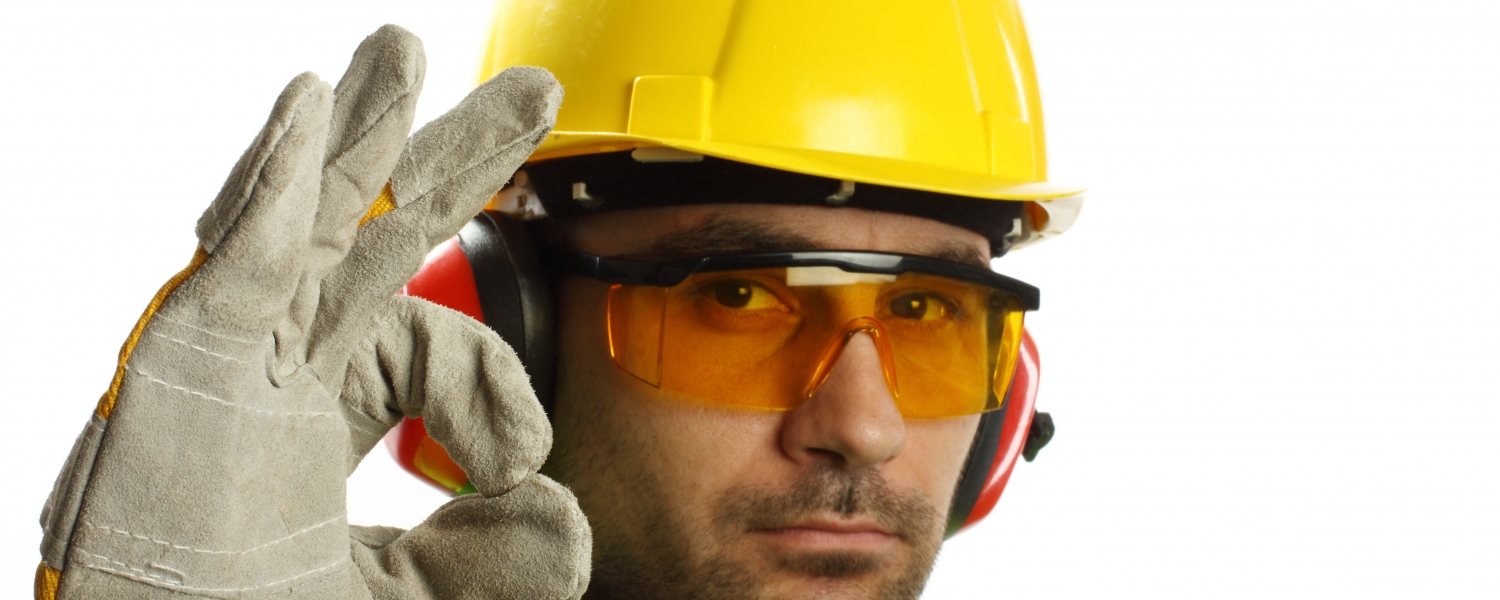How to make a full flake floor?
A full flake floor is the most popular option for covering a garage floor. Its multiple color choices, elegance, durability and ease of cleaning make it a great option for covering your concrete floor. Only one question remains: how to install it?
Safety and equipment
Before going further, we would like to remind you that epoxy resin is a toxic product. It is therefore important to wear the right protective equipment when installing it. During application, we recommend wearing a mask with vapor cartridges and gloves. Wearing safety glasses is also recommended. Failure to follow these instructions could result in serious injury.
All the protective equipment you need is available in our stores.

Surface preparation
Like in many things, in epoxy, you have to make sure you have a good base before going any further. So, if your preparation is poorly done, it could jeopardize your project. With that in mind, we have created a comprehensive article on surface preparation which I urge you to review before continuing.
The repairs
You should be aware that any cracks or other irregularities in your concrete are going to be visible through your flake floor. Obviously, you want to correct these imperfections before doing your floor. Several products can be used to make repairs. The one that suits you best will be determined based on the imperfections you have to correct. For example, a garage floor completely damaged by salt will not be repaired in the same way as a single crack for the sake of efficiency. Generally, an epoxy crack filler will be sufficient to repair the defects present on the floor.

Basecoat
Now that your slab is prepared and repaired, you can apply your first coat.
For the choice of product for the basecoat, it depends on your needs since there are two popular systems, the two-day system and the one-day system. The two days system is made with an epoxy base. The advantage of this type of product is better bonding to the concrete slab. However, in residential use, this superior bonding is far from necessary.

The second system uses a polyaspartic or polyurea base. The advantage of these products over epoxy is their drying speed. Indeed, you can generally apply the final coat only two hours after the installation of a polyaspartic or polyurea basecoat (always rely on the technical sheet of the product). Of course, faster drying time also means shorter working time, which can be a disadvantage on large surfaces or if you don't have a lot of experience.

No matter which system you choose, the installation steps will be the same and you will have to choose the background color. Be sure to choose a color present in your flakes since the background will be visible through them. For example, do not put a black background if your flakes do not contain any black.
You can now mix your epoxy/polyaspartic/polyurea following the recommendations for mixing and pour the product on the floor.
You will obviously predetermine the total amount you will need by measuring an 8-10 mil thickness and using our epoxy calculator.
Once the product is on the floor, you want to spread it over the entire surface using a 24" squeegee.

To make the perimeter, use a small squeegee to spread the epoxy all the way to the wall. Then using a paint brush, paint the perimeter with the epoxy you have just applied.

There should now be epoxy all over the surface, but not necessarily the same amount everywhere. You will therefore roll the floor with the help of a lint-free paint roller to make everything uniform.

Once these steps are completed, it should not be possible to see the concrete. The epoxy/polyaspartic/polyurea entirely hides the color of the concrete. If you still see it, it is because the roller was not passed there.

It's snowing!
As you might have guessed, now is the time to apply the vinyl flakes. Make sure you are always within the working time window of the product you applied as a basecoat. If not, your flakes won't stick!

When applying the flakes, don't be afraid to put some on! Throw a large amount of flakes in the air and let them fall to the ground. Your floor is not a piece of meat and you are not Salt Bae so grab some big handfuls and put them everywhere.

As you cover the entire floor, make sure you don't miss any spots. Check and recheck with light reflection. If you see your bottom coat, it's missing flakes.
You can now wait for your basecoat to dry, following the drying time indicated in the technical sheet of the product used.
Preparation for finishing
Now that the floor is dry, we are nearing the end! At this stage, your floor is extremely prone to stain. Change your boots if you go outside and leave your coffees in the pickup or in the house, we don't want any damage!

Since you have saturated your floor with the flakes, there will be plenty of unstuck ones. You can collect them back with a broom, dustpan, and leaf blower to reuse on a future project.

The remaining flakes are now caught in your undercoat and can be sharp in places. You will therefore need a flake scraper in order to rub and cut those that protrude and ensure a beautiful finish. Be sure to pass the scraper in multiple directions to cut the flakes in all directions.
After this process, vacuum the entire surface to remove any remaining loose flakes and ensure the surface is free of debris before the final step.
Topcoat
Topcoat application requires between 12 and 15 mils of POLYASPARTIC. Never use epoxy on an exterior finish coat or in a garage. Polyaspartic is the only option that is UV resistant and won't end up completely discolored and yellow in less than a year. It makes a huge difference to the beauty and durability of your garage floor over the long term.
The application of this layer is very similar to the previous one. Mix, pour, spread and roll. It is also necessary to do what is called a "backroll" which consists of passing the roller in the opposite direction to the initial rolling without stopping from one end to the other. This extra step allows you to obtain a beautiful finish without rolling. Be sure to start on the opposite side of where you exit so you finish at the exit. If your garage is too big to do the whole thing in the working time window, you can separate the floor into zones.
There you go, all you have to do is wait for the product to dry and you will soon be able to enjoy your new floor. Please wait a minimum of 24 hours before walking on the floor and 3 days before depositing furniture and returning your car. Attention, the times may vary depending on the temperature, always check that the floor is dry before walking on it.
Note that all epoxy products, painting accessories and protective equipment mentioned in this guide are available in our stores.
Would you like to learn how to make a flake floor with the help of our experts? Register for our face-to-face training where you will have the chance to be accompanied in the creation of a full flake floor.













Leave a comment